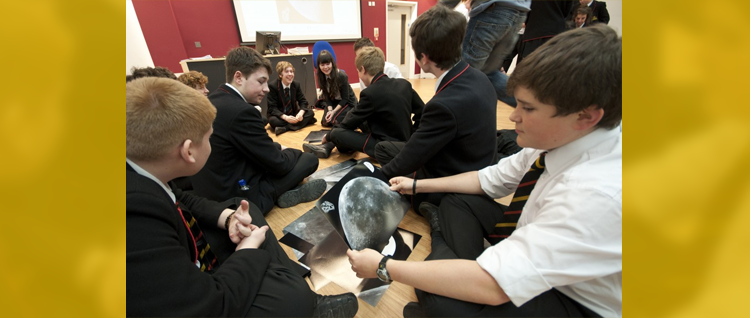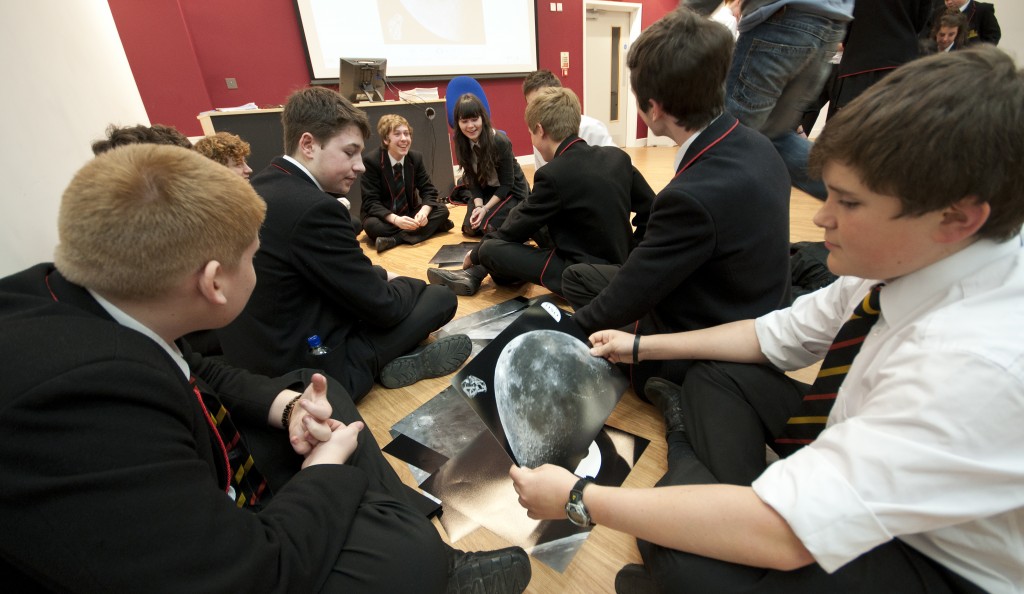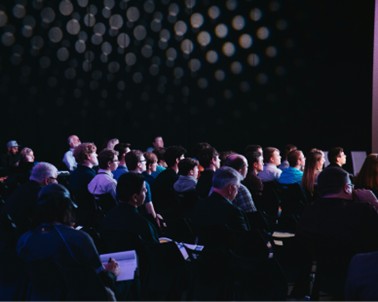Liverpool John Moores University


![]()

Liverpool John Moores University’s powerful Liverpool Telescope is pushing the boundaries of scientific research now and in the future, using its world-leading astronomy technology to inspire young people to become the next generation of scientists and engineers.
Astronomy continues to revolutionize the way we think about our world, the history of the solar system and our place in the universe. The race for deeper knowledge drives technological improvements and inspires fascination with our world. This is aided by researchers at Liverpool John Moores University (LJMU) who have brought their research and state-of-the-art technology to children across the UK.
The University owns and operates the world’s largest fully-robotic telescope based on La Palma in the Canary Islands, capturing complex data for astronomy research. Motivated by the possibilities that remotely-operated robotic telescopes could present for new communities, researchers established the National Schools’ Observatory (NSO). This web-based resource gives UK and Irish schools free remote access to the university’s Liverpool Telescope.
Now, pupils at more than 4,000 schools use the instrument itself to make observations of our vast and exciting universe. More than 80,000 sets of observations have been requested by schools and the Observatory’s runaway success has led to a doubling in the amount of time that the Telescope provides to the NSO.
As well as making their own images of planets, nebulae and galaxies, students can try their hands at complicated exercises such as using raw materials provided by the NSO to work out how high lunar mountains are by measuring the lengths of their shadows. They can participate in cutting-edge research alongside LJMU’s researchers, including classifying supernova, tracking near Earth asteroids, joining the hunt for other planets orbiting nearby stars or observing the transit of stars by exoplanets. Teachers can use a wide selection of support materials devised by the NSO, not just to support astronomy lessons but also other subjects, especially STEM.
The NSO led to the university being awarded a Queen’s Anniversary Prize in 2005 in recognition of how the Liverpool Telescope is enthusing large numbers of young people about science and technology. It has appeared on BBC Sky at Night and Blue Peter and worked with European partners including CERN to explore how innovative technology can make education and research come to life. LJMU are in the process of developing Liverpool Telescope 2: a £15 million 4-metre class robotic telescope, superseding the existing 2-metre Liverpool Telescope as the world’s largest dedicated solely to scientific work.




